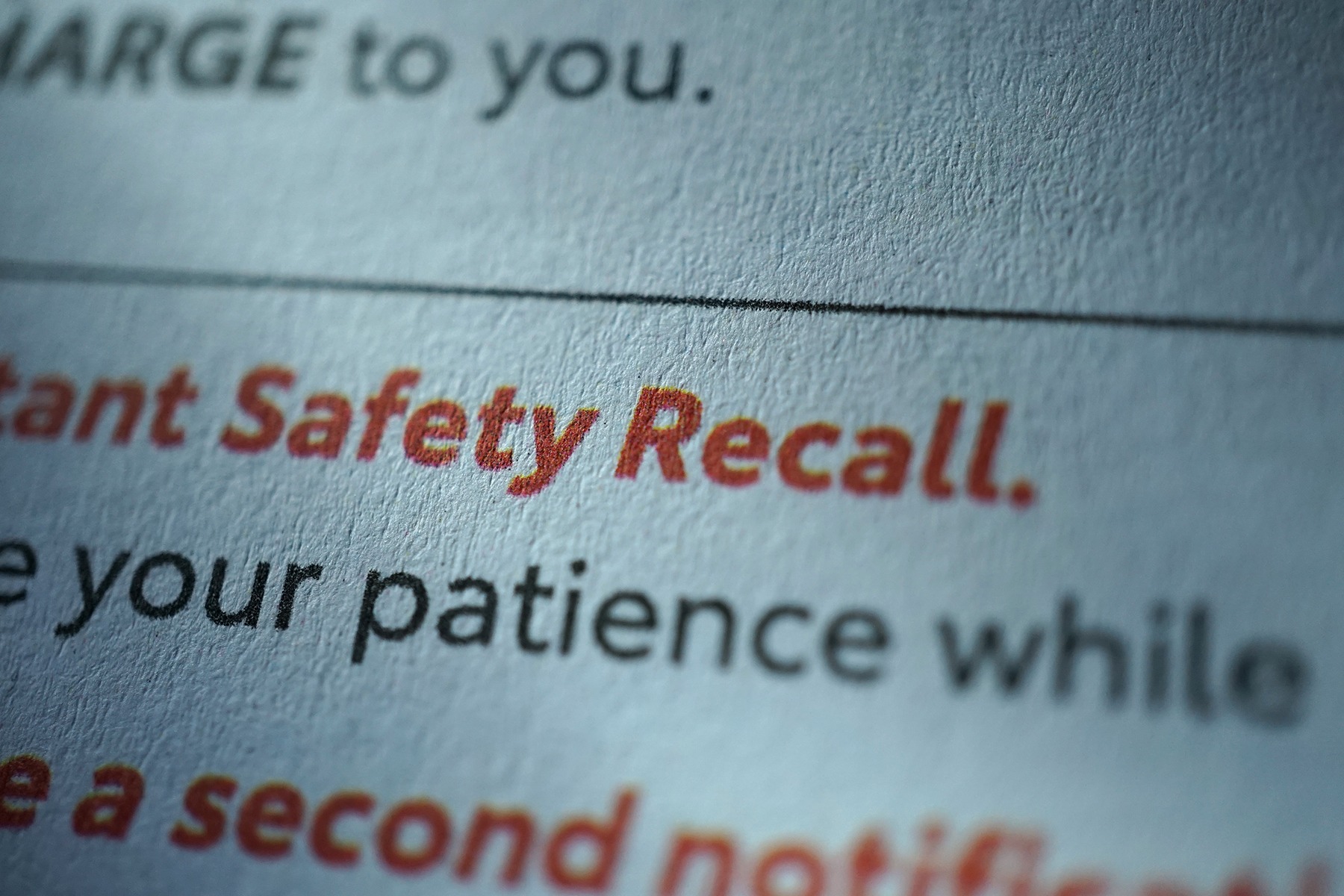As global supply chains become more complex, it’s increasingly important to maintain high levels of quality control to ensure efficiency and customer satisfaction. One key tool in this quality management effort is the Supply Chain Corrective Action Report (SCAR).
When a supplier fails to meet quality standards, you can issue a SCAR to identify the problem and outline corrective actions. However, simply issuing a SCAR to the offending supplier is not enough. Having a clear and comprehensive SCAR response checklist ensures that corrective actions are effective and sustainable.
Supply Chain Corrective Action Report (SCAR)
This checklist aims to connect the SCAR process to the global supplier quality effort by providing a clear and comprehensive framework for responding to SCARs. The checklist outlines what needs to be identified, the questions to be answered, and how to respond effectively. It aims to:
- Provide clarity
- Ensure accurate problem statements and definitions
- Explore the root cause of the problem
- Identify stakeholders and those with accountability
- Outline steps for root cause analyses
- Help you to shape the corrective action plan
- Include questions to answer
- Give you the prompts you need to formulate a satisfactory response
- Effectively proceed through the SCAR workflow to remediate issues raised
Supply Chain Corrective Action Report Response Checklist
When a supplier delivers a product with issues or defects, the buyer can issue a Supplier Corrective Action Request (SCAR). The SCAR document contains information about the product batch, product details, and defect details. In response to receiving SCAR, the supplier can add to or modify their management processes to implement corrective action. This checklist provides an outline of an acceptable response.
Define the Problem: Create a Problem Statement in the Supply Chain Corrective Action Report
The first step in responding to a SCAR is defining the problem. This step involves creating a clear problem statement identifying what went wrong and why it matters.
Steps Involved:
- Verify the problem: Verify that there is indeed a problem with the product the customer received and exactly what that problem is. Examine the data in the SCAR document, which should have detailed defect information. You can also audit other units of the same product and collect additional data from outside sources.
- Collect data: Once you have verified that there is a problem, it’s time to collect data related to the issue. This could include information about when and where the issue occurred, how frequently it occurs, and other relevant details.
- Problem description: You can now create a detailed problem description using the data collected. Include information about what went wrong and how it impacts your business or customers.
With this information, you can create a clear and concise problem statement outlining what to address in response to the SCAR.
Identify Those Involved: Who is Defining or Solving the Problem?
You need to identify and record all the stakeholders responsible for defining the problem. Include anyone who works on defining and solving the problem, regardless of how involved each is. Their contribution could still be relevant, so they must be included. Like this:
Keep it simple and record the information clearly, like in the following example:
Name: Joe Smith
Title: Customer Success Manager
Email Address: Joe.Smith@supplier.com
Identify Root Cause
To effectively address an issue identified through a SCAR, it’s important to identify its root cause(s). This involves conducting a thorough analysis of all factors contributing to nonconformities.
Steps for Root Cause Analysis:
- Gather data: Collect all relevant data related to nonconformities.
- Analyze data: Use statistical tools and techniques to analyze data.
- Identify root causes: Determine underlying causes of nonconformities.
- Verify root causes: Confirm that identified root causes are accurate.
- Document findings: Record all findings related to root cause analysis.
Define Corrective Action Plan
Once you’ve identified the root causes of nonconformities through your analysis, you can begin developing an effective supply chain corrective action report planning.
Example:
Root Cause(s): Inadequate training on new equipment.
Corrective Action Plan:
- Develop a new training program for employees operating new equipment.
- Train all affected employees on new equipment operation procedures.
- Monitor employee performance after training completion.
- Implement annual refresher training for all employees
Outline Corrective or Preventative Actions
Eliminating causes of nonconformances and preventing recurrences in future production runs involves outlining specific corrective or preventative actions.
Example:
Corrective/Preventative Actions:
- Conduct regular employee training sessions on proper equipment operation procedures.
- Implement an ongoing monitoring program for employee performance evaluation.
- Implement an additional QA check to enhance quality.
- Establish communication channels between suppliers and internal stakeholders for early identification of potential issues.
Measure, Observe, Verify
Establishing corrective action procedures alone is not enough. You must measure and observe your progress toward achieving the goals outlined in your corrective action plan. This way, you can measure the effectiveness of your corrective action plan, the impact on quality and performance, and verify that executing the plan has fixed the quality issue.
Example:
Measurements/Observations:
- Conduct regular audits of employee performance using established metrics.
- Monitor supplier performance using established KPIs (Key Performance Indicators).
- Conduct customer satisfaction surveys at regular intervals after implementing corrective and preventative actions.
Be Audit Ready
As you work through any SCARs and implement the corrective actions defined in the processes, you need to ensure you keep appropriate records. Make sure you maintain the details on steps taken to identify the root causes, what materials were updated, which employees have been trained, and collected results from how you executed the plan. When an internal, customer, or regulatory audit comes up, you will be prepared to show that you properly addressed the issues and have improved your quality processes.
Talk to a quality management expert today to learn how to get your SCAR workflows under control.


